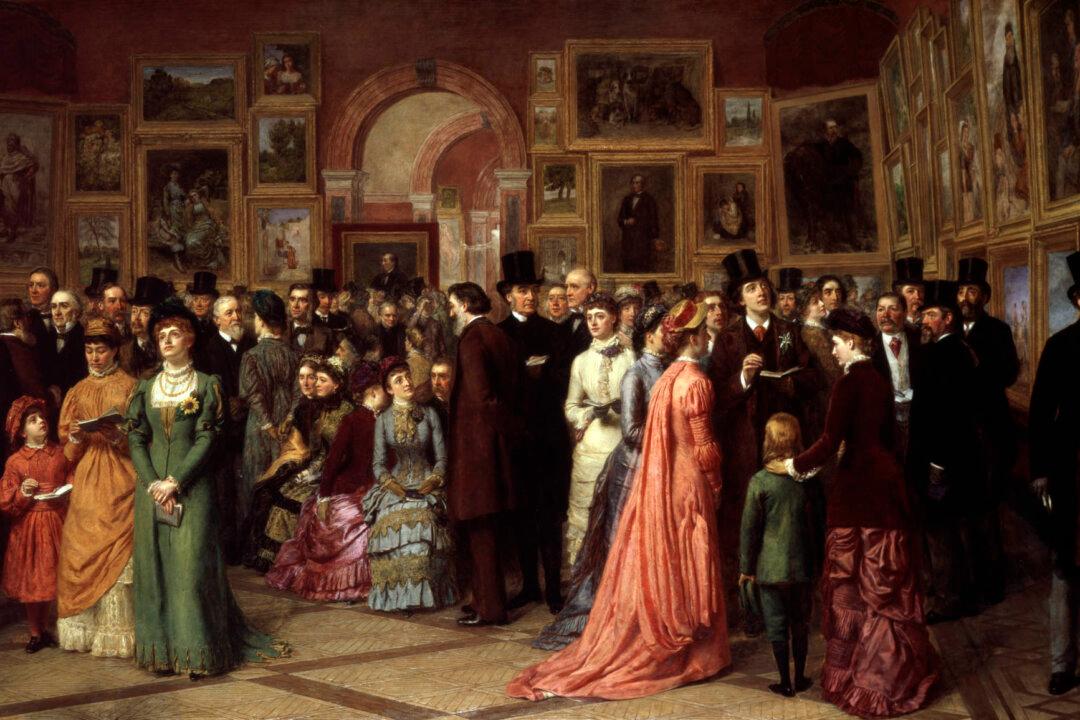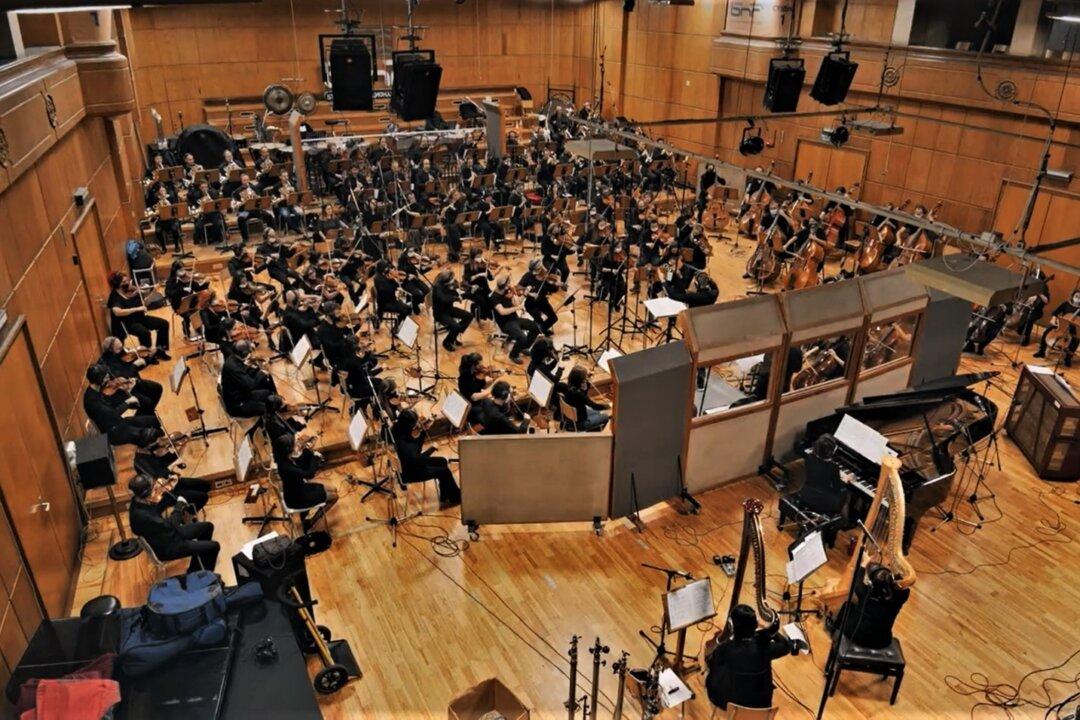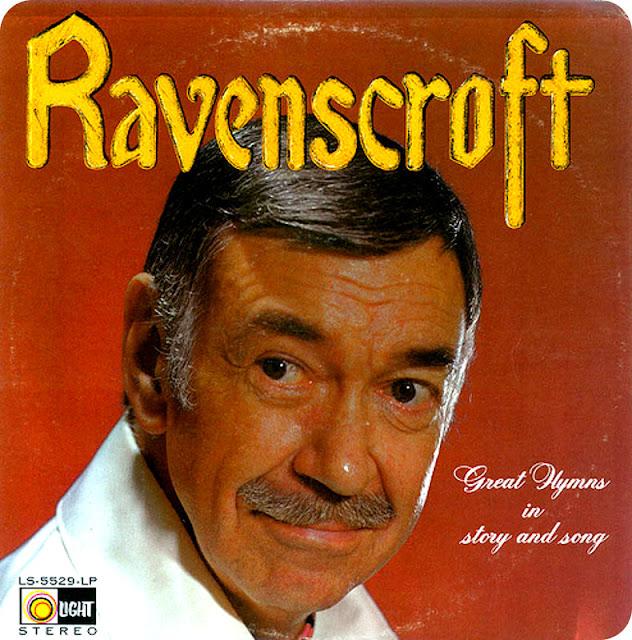Imagine a composition in which you hear a gnome, feel you are near a haunting castle, or hear cattle rumbling past pulling a heavy load.
Picture This: Mussorgsky’s ‘Pictures at an Exhibition’
The most famous classical piece that you may know little about

"A Private View at the Royal Academy," circa 1883, by William Powell Frith. Oil on canvas; 23.6 inches by 44.8 inches. Royal Academy of Arts, London. Public Domain
|Updated:
American composer Michael Kurek is the composer and producer of the Billboard No. 1 classical album, “The Sea Knows,” and a member of the Grammy Producers and Engineers Wing of the Recording Academy. He is Professor Emeritus of Composition at Vanderbilt University. The most recent of his many awards for composition was being named in March 2022 “Composer Laureate of the State of Tennessee” by the Tennessee State Legislature and governor. For more information and music, visit MichaelKurek.com
Author’s Selected Articles





